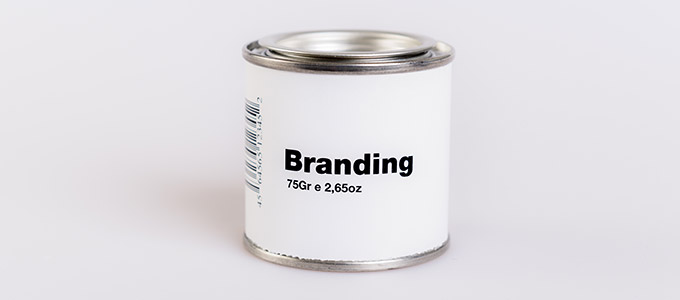
Inherent and Acquired Distinctiveness and the Principal and Supplemental Registers for U.S. Trademarks
Marks that lack inherent distinctiveness are generally not registrable on the Principal Register without evidence of acquired distinctiveness (i.e. “secondary meaning”), but may be eligible for registration on the Supplemental Register. A mark acquires distinctiveness when it is known to consumers as the source of the specified goods or services, for example, based on extended usage or marketing. Five years of substantially continuous and exclusive use in commerce as a trademark for the specified goods and services may be accepted as prima facie evidence that the mark has become distinctive.
For marks that lack inherent distinctiveness (e.g. descriptive, misdescriptive, primarily geographically descriptive, product packaging trade dress or primarily merely a surname), registration on the Supplemental Register provides several benefits beyond just common law rights based on use alone.
The benefits of having a trademark on the Supplemental Register include:
- The right to use the ® symbol with the mark;
- The right to file infringement suits in federal court;
- Having the PTO refuse later-filed applications which are confusingly similar to the registered mark;
- Obtaining trademark registrations in foreign countries based on various international treaties;
- Having strong evidence of acquired distinctiveness to support acceptance of a specific record to the Principal Register (after five years of continuous use); and
- The application on the Supplemental Register is not published for opposition. A would be opposer has to wait until registration is granted and then petition to cancel.
Although the Supplemental Register provides some protections for trademark owners, there are substantial additional benefits of registration on the Principal Register including:
- Constructive notice to third parties of the registrant’s claim of ownership of the mark;
- A legal presumption of ownership and exclusive right to use the mark nationwide on or in connection with the listed goods/services;
- A date of constructive use of the mark as of the filing date of the application;
- In a successful infringement action, increased statutory damages;
- Ability to file with the U.S. Customs Service to prevent importation of infringing goods;
- Ability to claim“incontestable” status after five years of continuous use on the Principal Register; and
- Eligibility for registration in the Trademark Clearinghouse, which entitles the owners of registered trademarks to be able to register the mark as a domain during the sunrise periods of new generic top-level domains and to be notified of third party efforts to do so.
- Ability to use as basis for a Madrid Protocol International registration.
The following cannot be registered on the Supplemental Register:
- An extension of protection of an international registration under the Madrid Protocol
- A functional mark
- An intent to use application before actual use has been successfully alleged.
- A mark that is registrable on the Principal Register
- A mark that is incapable of distinguishing the applicant’s goods and/or services, including a generic mark.
In contrast to marks that are based on an intention to use, registration on the Supplemental Register is limited to:
- A mark that is in use; or
- A mark based on an issued foreign registration in the country of origin of the applicant.
A Supplemental Registration cannot be converted to a Principal Registration. However, the owner of a Supplemental Registration can file a new application on the Principal Register, after five years of continued use.